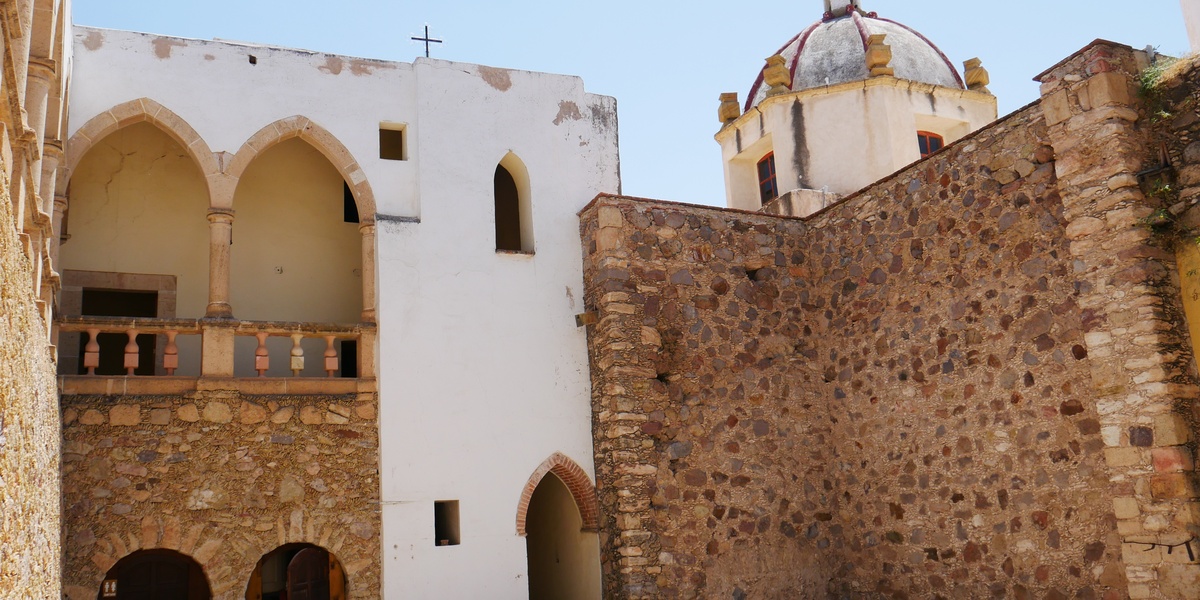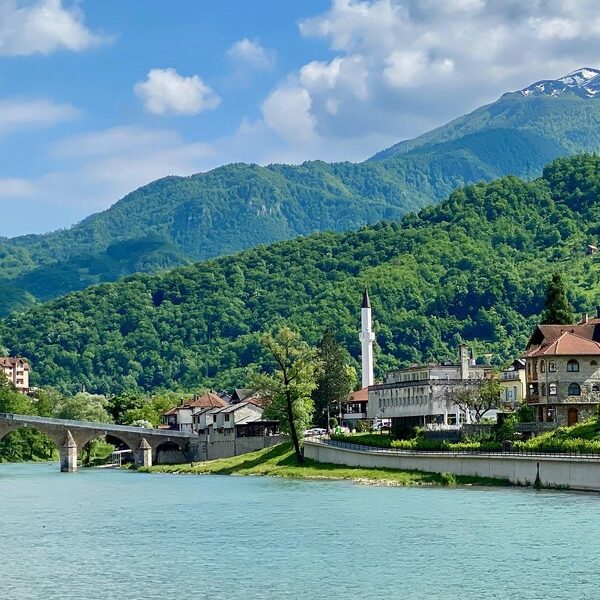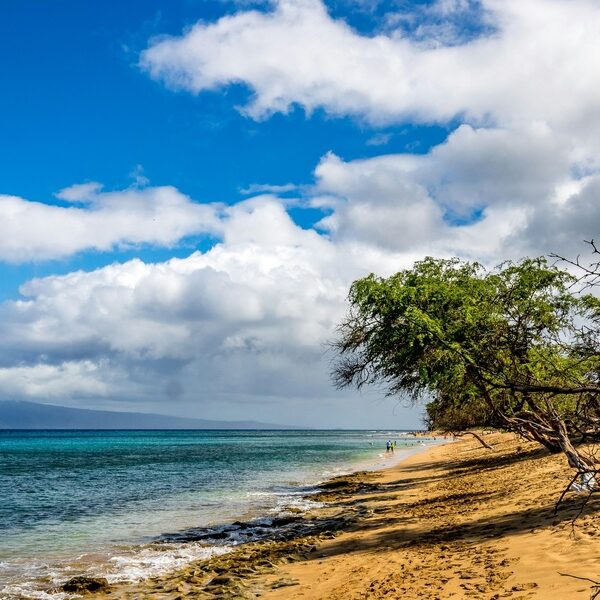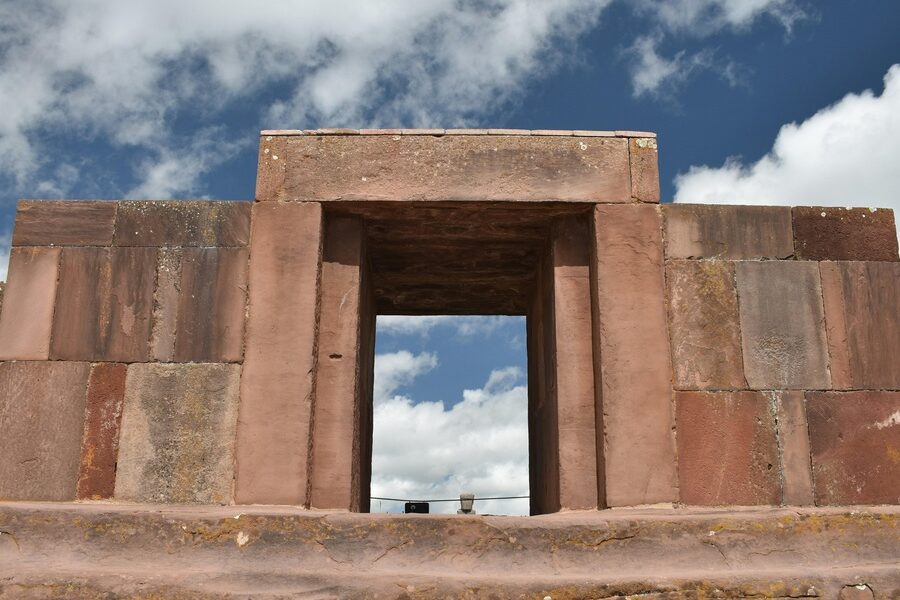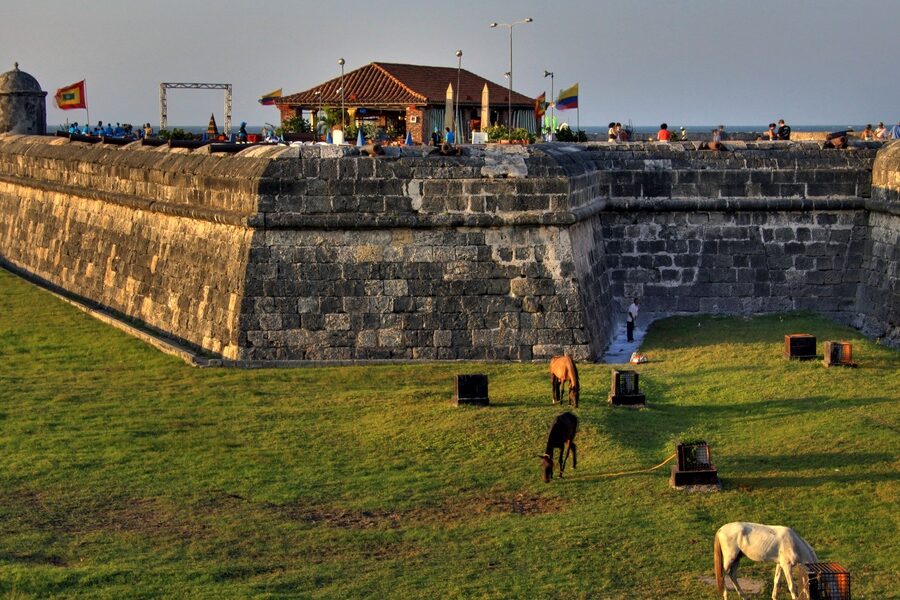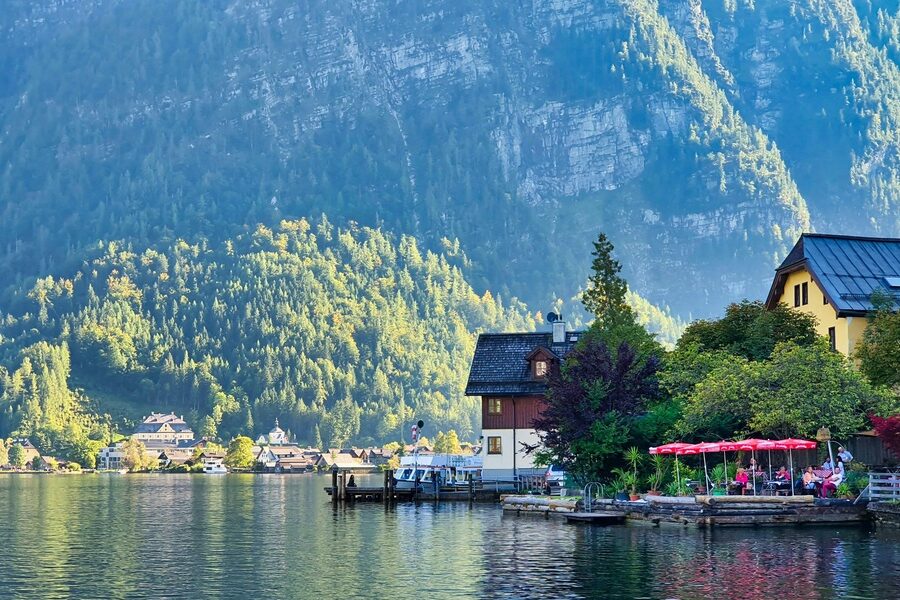Eritrea’s landscapes and cities reflect a layered history—from ancient highland settlements to Italian colonial-era planning. The country’s built heritage tells stories of trade, empire, and modernist ambitions concentrated in urban centers like Asmara.
There are 1 World Heritage Sites in Eritrea, ranging from Asmara to Asmara. For each site you’ll find below Inscription year (YYYY),UNESCO criteria,Location (city/region) to make comparisons and quick reference easy — you’ll find below.
What makes Asmara qualify as a World Heritage Site?
Asmara was recognized for its coherent collection of modernist architecture and city planning that reflects early 20th-century visions of urban life. The nomination highlights well-preserved buildings, streetscapes and planning concepts that together illustrate cultural exchanges and architectural innovation during the colonial period.
How should I prepare to visit Asmara’s heritage sites?
Check local travel guidance and opening hours, as access to particular buildings can vary. Wear comfortable shoes for walking the city, respect local customs when photographing, and consider a guided walk to understand the architectural details and historical context.
World Heritage Sites in Eritrea
| Name | Inscription year (YYYY) | UNESCO criteria | Location (city/region) |
|---|---|---|---|
| Asmara | 2017 | (ii) Interchange of modernist urbanism values; (iv) Outstanding example of a colonial planned city | Asmara, Maekel Region |
Images and Descriptions
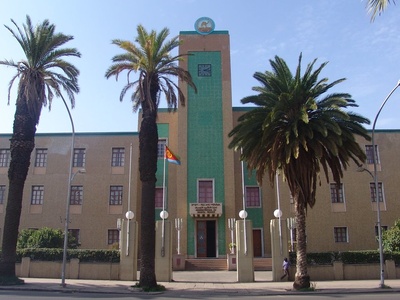
Asmara
A unique early 20th-century colonial city, its well-preserved modernist architecture reflects a fusion of Italian design with an African context, creating an exceptional urban landscape.

